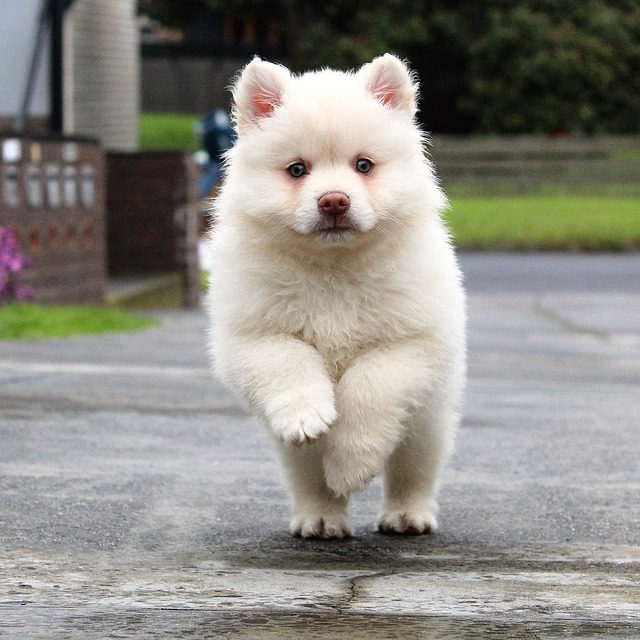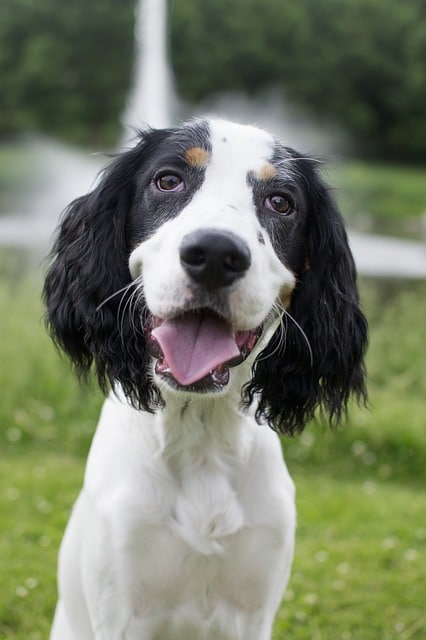A few basic commands can go miles in developing a good relationship with your dog. Not only is it important for your dogs safety, but it goes a long way in helping friends and family enjoy your dog, too. Creating a habit of obedience can help tackle existing behavior problems or ones that may develop in the future.
You could take a class, but these commands can all be taught on your own. With a positive attitude, it can be fun for both you and your dog.

Sit
This is a good place to start because it is one of the easiest commands to teach your dog.
Here are the steps:
- Take a treat and hold it close to your dog’s nose.
- Lift the treat up so his head will follow causing him to lower his bottom to a sitting position.
- Once he is sitting, say the word “sit”. Then give him the treat a hug.
Ask your dog to sit before meal time, before taking a walk, and other situations that you want to calm him down. Practice several times a day until your dog has mastered it.

Come
This command is vital to the safety of your dog and others around you. If you drop the leash or your dog gets out the front door inadvertently, this command will bring him back.
Here are the steps:
- Make sure your dog has a collar and a leash on.
- Get down on his level and say, “Come.” Pull gently on the leash.
- Be ready to reward him with affection and a treat when he comes over to you.
- Practice any time you have an opportunity to reinforce.
When you are comfortable that he has mastered it with a leash, take it off and practice in a safe, enclosed area.

Stay
Be sure your dog has mastered the “sit” command before attempting to work on “stay”.
- To start, tell your dog to “sit.”
- Gesture with an open the palm of your hand in front of you, and say, “Stay.”
- Now step back. If he stays, reward him with affection and a treat and affection.
- Gradually increase the number of steps you take before giving a treat.
This may take a while to master, because it requires your dog to exercise a lot of self-control. Don’t be discouraged if it takes a while to master. Puppies especially require extra patience. They much prefer moving to waiting!
You are stretching your dogs maturity, so don’t be in a rush. If you can see he is struggling, back off and begin to gradually increase your steps again.
Just these three simple commands lay a great foundation to keep your dog safer and improve your relationship. It strengthens trust both ways when you practice consistently and keep clear expectations and rewards. It’s worth every bit of time and effort. The process takes time. The sooner you start, the sooner you will both be enjoying the benefits.

